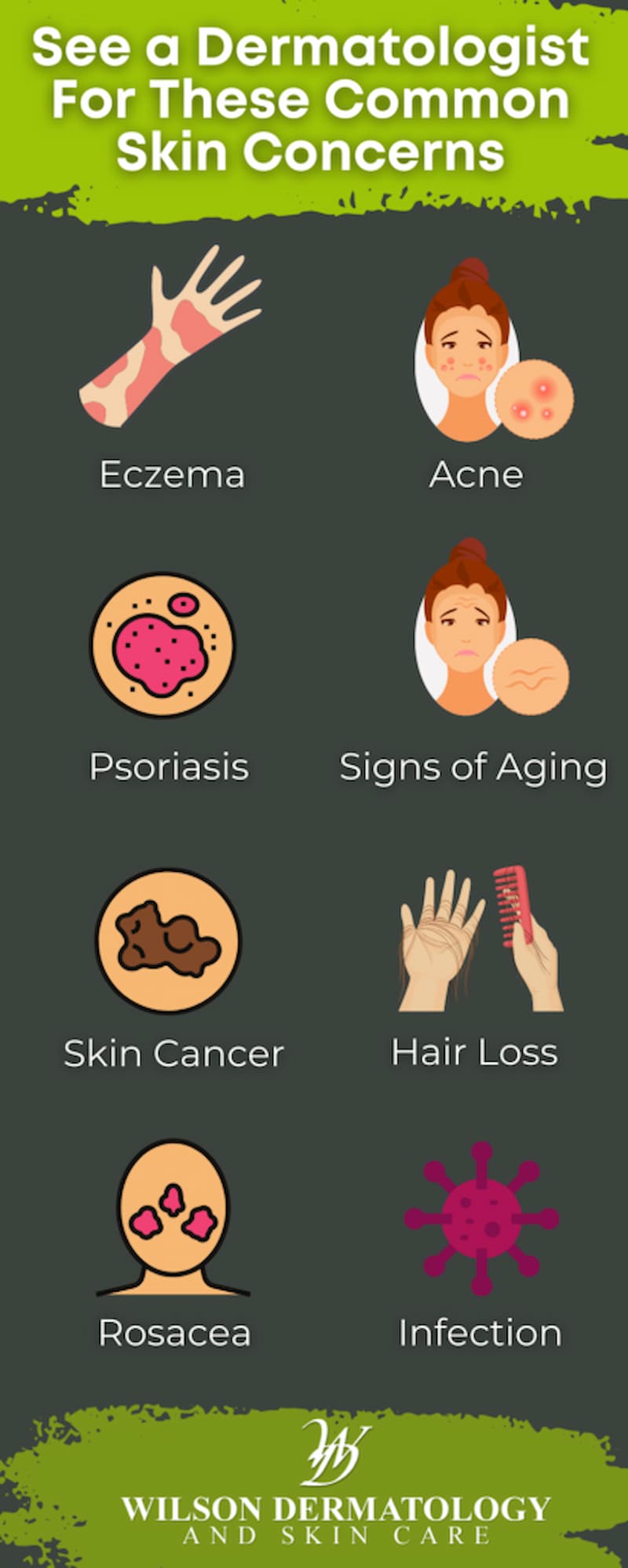Get a check-up for potential skin cancer with early detection and professional treatment options.
Get a check-up for potential skin cancer with early detection and professional treatment options.
Blog Article
Navigating Skin Cancer Cells Treatment: The Important Role of Mohs in Modern Dermatology Practices
Skin cancer cells, a challenging medical diagnosis, often leaves individuals grappling with numerous therapy alternatives. As we explore the ins and outs of this treatment, one will appreciate its crucial role in skin cancer therapy.
Recognizing Skin Cancer: Types and Dangers
There are 3 major kinds of skin cancer cells: Basal cell carcinoma, Squamous cell carcinoma, and Cancer malignancy. It accounts for just regarding 1% of skin cancer cases but creates the substantial bulk of skin cancer deaths. Risk variables consist of reasonable skin, history of sunburn, excessive sunlight direct exposure, living at high altitudes or close to the equator, having many moles, a family members background of skin cancer, and deteriorated immune system.
What Is Mohs Surgery and Just How It's Reinventing Skin Cancer Treatment
Despite the many treatments presently readily available for skin cancer cells, Mohs surgery sticks out as a groundbreaking and highly reliable service. Called after Frederic E. Mohs, the physician that created the procedure, Mohs surgical procedure is an accurate medical technique utilized to deal with skin cancer. Throughout the treatment, thin layers of cancer-containing skin are gradually removed and analyzed till only cancer-free tissue stays. This approach enables the doctor to verify that all cancer cells have been removed at the time of surgery. This level of precision, incorporated with the capacity to spare as much healthy cells as feasible, is reinventing skin cancer cells treatment. Therefore, Mohs surgical procedure has come to be a keystone of modern dermatology methods.
The Advantages of Mohs Surgery Over Traditional Skin Cancer Therapies
Building on the ingenious nature of Mohs surgical procedure, it's critical to consider its various benefits over traditional skin cancer cells therapies. Unlike conventional treatments, Mohs provides a greater treatment rate, typically getting to 99% for first-time treatments and 94% for recurring cancers. In addition, it minimizes damages to healthy skin, leading to less scarring and enhanced aesthetic outcomes.
The Procedure of Mohs Surgical Procedure: What to Expect Throughout the Refine

Potential Adverse Effects and Post-Operative Care of Mohs Surgical Treatment
Undergoing Mohs surgical treatment, like any kind of other medical treatment, involves possible adverse effects click here now that clients need to understand. Typical negative effects include discomfort, wounding, and swelling at the surgical procedure site. However, these are usually momentary and manageable with non-prescription discomfort medicine and ice packs. In rare instances, clients might experience infection, blood loss, or an allergy to the anesthetic. Post-operative care is vital to recovery and minimizing negative effects. This normally entails maintaining the injury tidy and completely dry, taking prescribed medications, and avoiding difficult tasks. Individuals need to likewise attend all follow-up appointments for wound care and monitoring. In some cases, additional treatments may be necessary to ensure complete elimination of the malignant cells. Sticking to these post-operative treatment standards can considerably improve healing and outcomes.
Verdict

Report this page